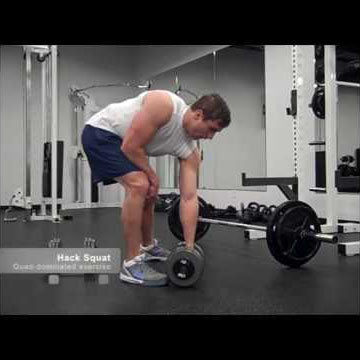Your Cart is Empty
AUSTRALIA'S PREMIER BOXING EQUIPMENT & FIGHT SPORTS GEAR SHOP - FAST AUSTRALIA WIDE SHIPPING
“Weight training will make your muscles tight and more prone to fatigue” A correct weight training program will increase muscular endurance, meaning the athlete will be less prone to fatigue.
“Weight training will decrease the flexibility of a boxer” A correct weight training program will actually increase range of motion and provide greater flexibility.
Weight training is now an integral part of almost all major sports and has been proven to help boxers become faster, stronger and more competitive in boxing bouts.
What Weight Training Can Do, Weight training helps create stronger, faster and harder hitting athletes, a strong opponent is a dangerous opponent.
Weight training can also make boxers less susceptible to injury by strengthening muscles, bones, and ligaments. In addition, strength training can increase explosive power and anaerobic endurance.
Training with light weights will lead to minor improvements in aerobic capacity, this form of training will do little to increase explosive power and speed. The boxer must perform medium to heavy lifts with fast, ballistic movements. Recommendations A boxer should conduct a weight training routine 2-3 days per week.
More than 3 sessions per week will detract from sport-specific training requirements such as sparring and pad work. Weight training is best if it is done after boxing specific training, definitely not before sparring. You should stop the weight training routine at least one week before competition.
How To Train Weight training for boxers should be performed with weights that are approximately 60-85% of your maximum. For example, if you can bench press 50 kgs for 1 repetition, perform your strength session with weights between 30 and 35 kgs. Repetition ranges should vary depending on your specific goals
Lower reps 4 – 6 (with heavier loads) will develop power/max strength, while mid-range reps (with moderate loads) can be utilized when training speed strength. Higher repetitions can also be incorporated with certain full body movements such as dumbbell swings or snatches when the goal is total body conditioning.
When lifting the weights, remember to move the weight in an explosive manner. To maximize speed and power, you must train accordingly. For example, when performing the bench press, push the weight up forcefully.
Train fast to be fast. A boxer’s strength training goals are very different from that of a bodybuilder. A fighter trains for function, always remaining aware of his bodyweight. You must increase strength while remaining within the confines of your weight division. Focus your efforts around major muscle groups that will benefit you inside the ring
Sample Routine
• Dumbbell snatches – 3 x 6 reps per arm
• Bench press – 3 x 8 reps
• Two dumbbell clean and jerks 3 x 8
• Dumbbell lunges 3 x 6 per leg
• Weighted pull-ups – 4 x 6
• Close grip bench press 3 x 8
This routine targets the entire body and is just one of many possibilities. Variety is always important when training. You must constantly work the muscles from different angles, with different exercises, to foster continuous improvement.
Often a more skilful fighter can win-out over being a powerful fighter. Part of that is not only being a smarter fighter in the ring but also as strong as you can be.
Outdated ideas about weight lifting and strength training could keep you from gaining the edge you need and progressing as a fighter. In order to become the fighter you know you can, it might require you to leave parts of the old one behind…the part that doesn’t think that the future of boxing includes lifting weights.
All Australian national boxing teams have weight lifting program as part of there training schedule.
Comments will be approved before showing up.
One of the best pairs of boxing gloves in the world is called the Super Pro Gel 2 gel boxing gloves. These are created and designed by us here at Ringsport. We used the finest selected materials with the latest boxing glove technology and features. We feel we have created not only the most comfortable boxing gloves ever, but also one of the safest. Learn all about the Super Pro Gel 2 boxing gloves in this article.




Chris Poland
February 04, 2025
Most trainers disagree. My coach Jesse Reid trained 25 world champions and used to tell us not to even look at the weights. There is a very good reason for this too. Boxers want to typically be as lean as possible so their punch power is as effective as possible. Not only does muscle add weight but it requires Oxygen to move. The more muscle, the more O2. The less gas you have in the tank.